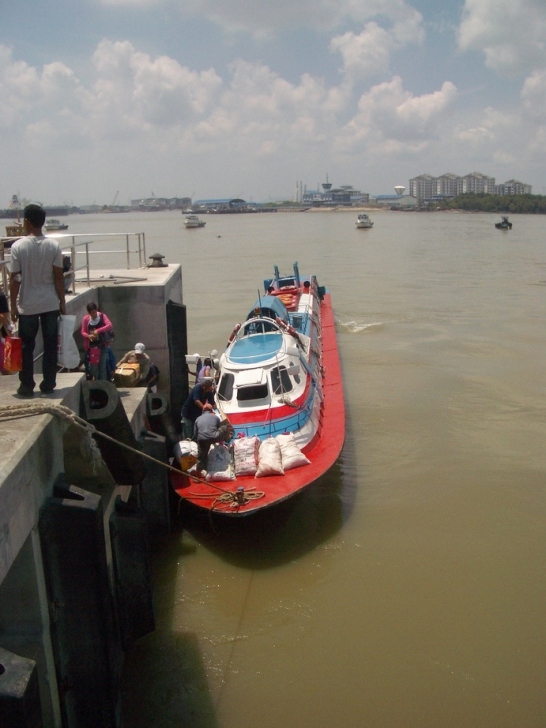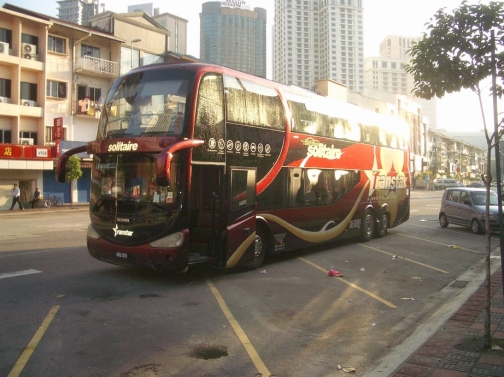
On our arrival in Lisbon I phoned the ‘greeter’ to let her know that we had arrived and that we were queuing for a taxi. As we reached the front of the queue I indicated that we required a large vehicle to accommodate four people and all our luggage. The vehicle assigned to us resulted in a shouting match between the driver and the taxi rank ‘organiser’.
The driver was eventually persuaded to accept us as his fare. To a point, I sympathised with the driver because he was concerned that he couldn’t see out of his rear window, due to our bags. We left the airport and I handed over a printed card with our address. The driver thought that we wanted a hotel, not an apartment, and this threw him in to a right ‘tizz’, because he didn’t have any idea of our destination, which was only ten minutes drive from the airport. I ended up ringing our ‘greeter’ and putting my phone on loudspeaker so that our ‘greeter’ could direct a very unhappy taxi driver to the correct address.
I’d booked the apartment via Flipkey, which uses Trip Advisor as the link. Our ‘greeter’, Filipa, met us and escorted us to apartment number nine on the 17th floor of the apartment block. The apartment was two stories, the bedrooms being upstairs.
The living area was a combined lounge / dining area with the kitchen separate, but still part of the dining area. Outside we had a balcony with a table and chairs. The rails on the balcony reminded me of a ship’s rail. We overlooked part of the city and the Tagus River.
The photograph at the top of this page is of our apartment block, which was built on top of a shopping centre called Vasco de Gama Mall, so we didn’t have far to go to buy our food.
 Vasco de Gama mall shopping centre below.
Vasco de Gama mall shopping centre below.

As we walked in the front door the stairs are on the right, and on the left, is the door to the Kitchen.

Picture taken from the dining area.
In front of us is the living room and near the window on the left (out of picture) is the dining table.

Living area
 Dining area (picture from agent’s web site)
Dining area (picture from agent’s web site)
This time our friends had the en-suit bedroom, and next to our bedroom (see below) was the main bathroom. The blinds were electrically operated and we kept them low for coolness, although we did have air-condition throughout the apartment.

Happy hour was always on the balcony – cool breeze off the water, beautiful views as the sun set – what more could I want?

The rails on the balcony reminded me of a ship’s rail. (Picture from the agent’s web site).

Being seventeen floors high we had some great views.


Cable car along the water front.
Getting about Lisbon was very easy via the underground (metro) system. The route from Oriente station (our local station across the road from our apartment) to the city centre was an education.
 Oriente Station, five minutes’ walk from the apartment.
Oriente Station, five minutes’ walk from the apartment.

The station is very impressive and once inside and we made our way to the platforms we could see the train coming in below us.

Inside Oriente Station as we walked to our platform. It was spotlessly clean.
Many of the stations had a different ‘art’ theme, which we found very interesting –

This was our local station – not a single piece of graffiti or rubbish.

Further down the line the motif reminded me of Greek colonnades.
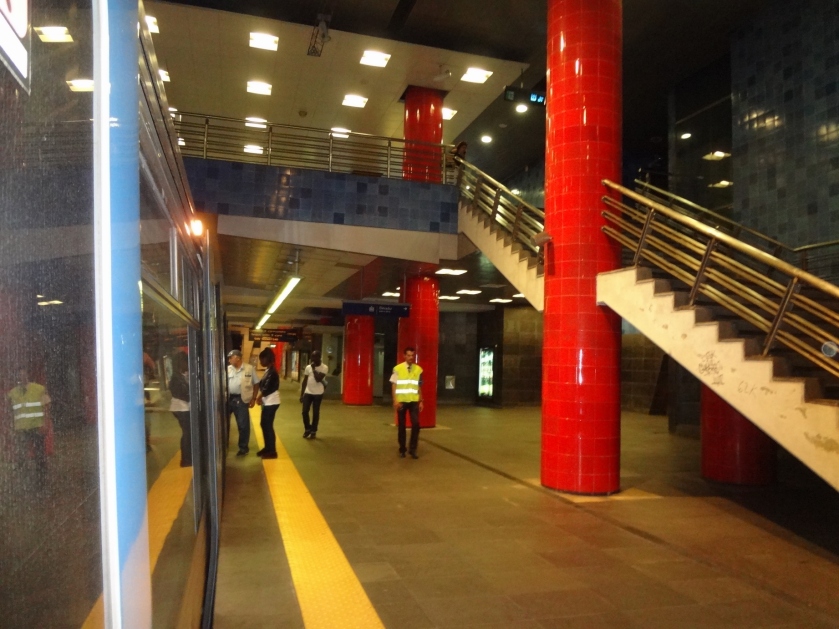
Something different again later in the short journey to the city centre.
If we ever return to Lisbon I’d do ‘self-catering’ again and use the same apartment, because of the convenience to the metro, shopping for necessities, which can cut in to holiday time, and along the river there are many different restaurants and bars. The river was five minutes’ walk away.
Getting rid of the rubbish and empty bottles was quite noisy, although we never heard the noise of anyone else getting rid of their rubbish and bottles. At the end of the public corridor on each floor was a rubbish shoot – one for rubbish and one for cans and bottles. The rubbish wasn’t a problem, but once we let go of a bag full of glass bottles the noise, as the bag or single bottle bounced down seventeen floors, was tremendous, and we quickly closed the outer door in an effort hide the noise.
Nobody ever complained, and as I said earlier we never heard anyone else’s rubbish ‘noises’ so why would they hear ours.
When it was my turn to do the dropping I used to time the beer bottles against the wine bottles . . . .Newton’s Law. My watch wasn’t accurate enough to note the difference.




 The entrance area of our apartment. The main door on the right of the picture had coded locks.
The entrance area of our apartment. The main door on the right of the picture had coded locks.


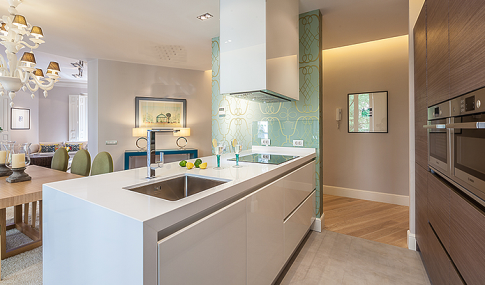
 Hallway from the kitchen area to our bedroom. The first door on the right was the third bedroom.
Hallway from the kitchen area to our bedroom. The first door on the right was the third bedroom. Third bedroom
Third bedroom
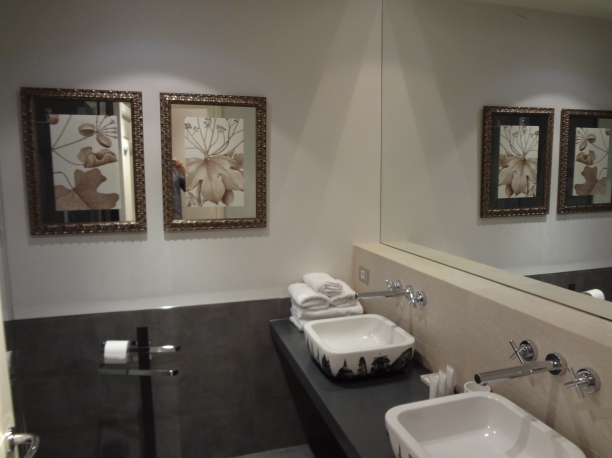
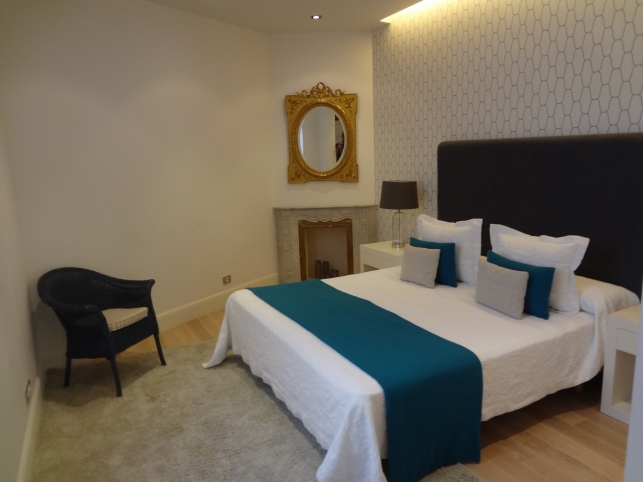

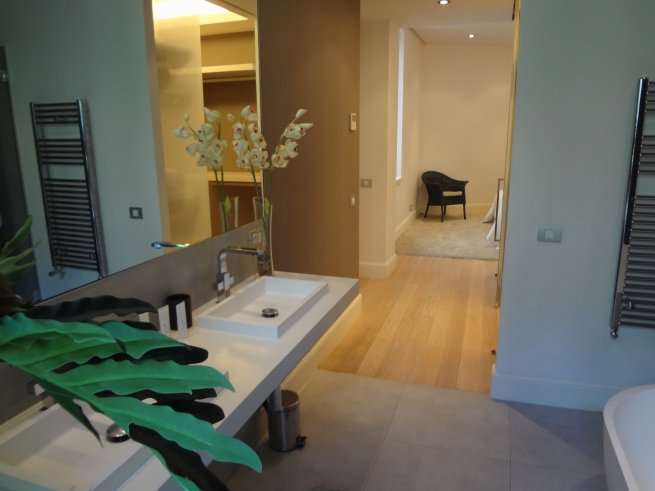



 Royal Palace
Royal Palace

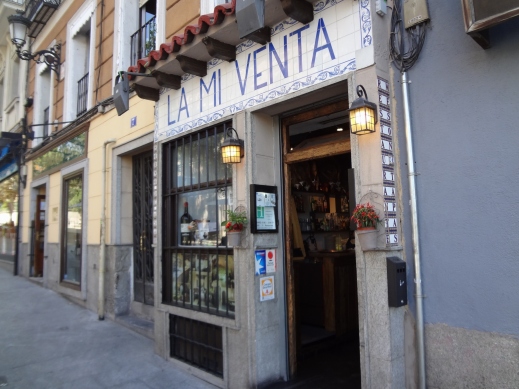
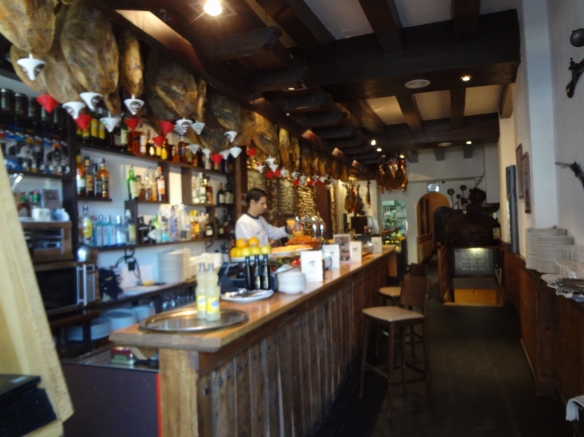









 What a difference to my original picture of the corridor from the entrance. The mirror made the place look a lot bigger and lighter.
What a difference to my original picture of the corridor from the entrance. The mirror made the place look a lot bigger and lighter.
 This a a picture of the original main bedroom.
This a a picture of the original main bedroom.

 Happy Hour area
Happy Hour area






 The hallway was close to the actual hallway. Again taken from the web site.
The hallway was close to the actual hallway. Again taken from the web site.





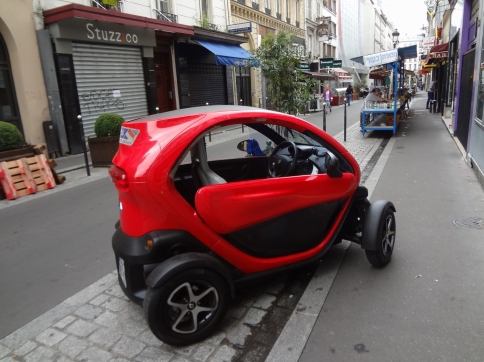









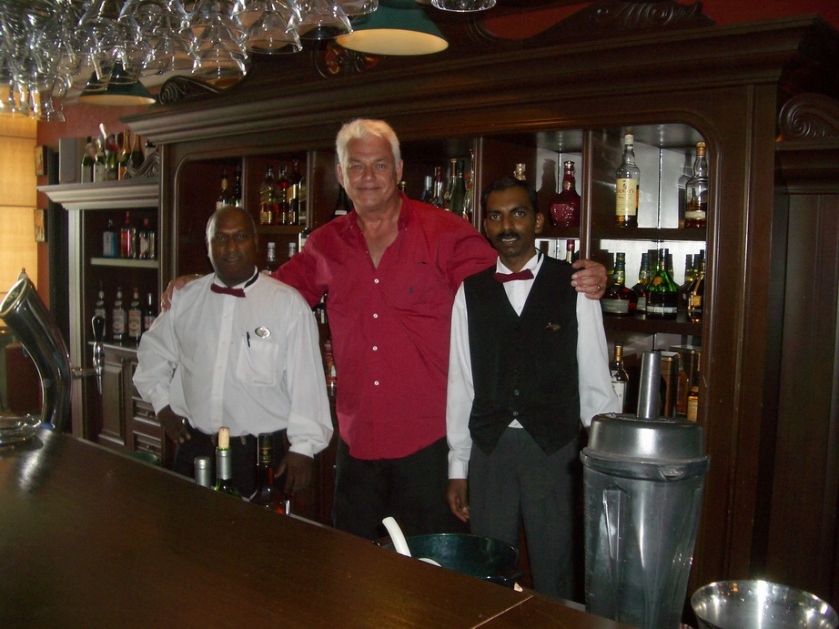

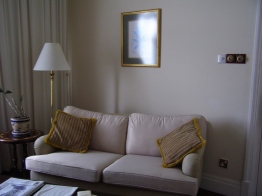























 We had to book a time to be allowed in to the museum, and waited outside, with a few other people, until the allocated time.
We had to book a time to be allowed in to the museum, and waited outside, with a few other people, until the allocated time.
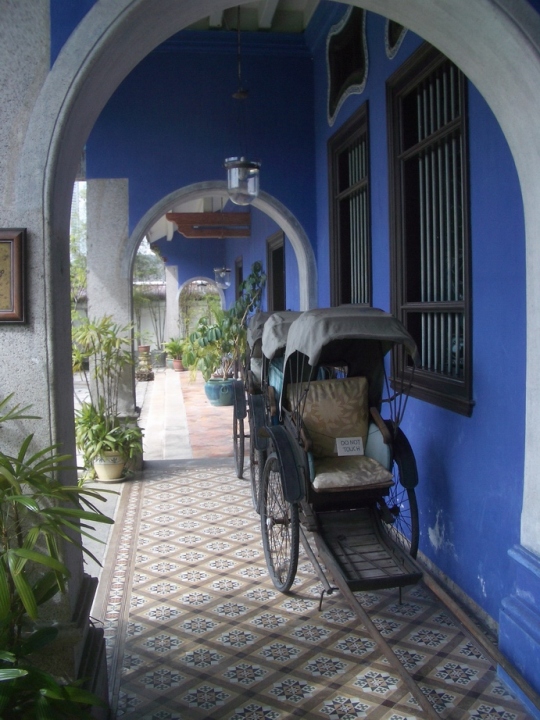






 I was safe in using St Nicholas Church – the sailors’ church because it was used as a guide by sailors to bring their ship in to port in 1804. It had been a place of worship since 1257, so I felt safe if I had to refer to the church building. The above photograph taken a few years ago.
I was safe in using St Nicholas Church – the sailors’ church because it was used as a guide by sailors to bring their ship in to port in 1804. It had been a place of worship since 1257, so I felt safe if I had to refer to the church building. The above photograph taken a few years ago.



 Chart of the Mersey Bar area dated 1801; produced by
Chart of the Mersey Bar area dated 1801; produced by 




 A small crowd appeared and we followed them along the pier until we were able to see our ferry.
A small crowd appeared and we followed them along the pier until we were able to see our ferry.